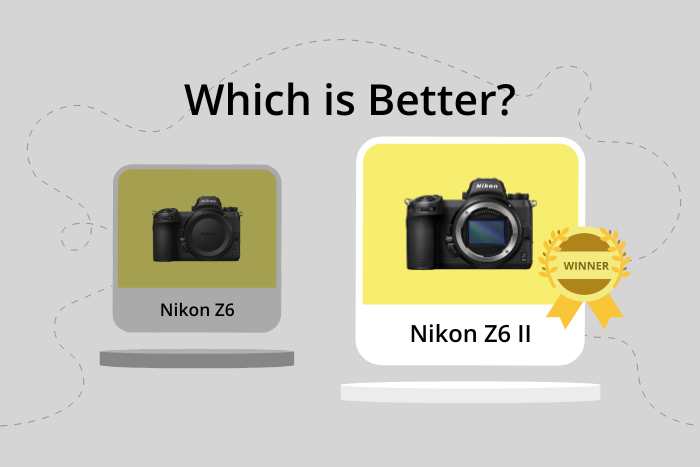Nikon Z6 vs Z6 II Comparison
Nikon Z6
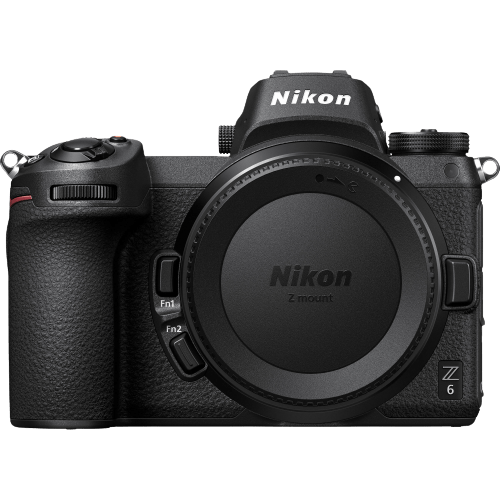
Nikon Z6 II
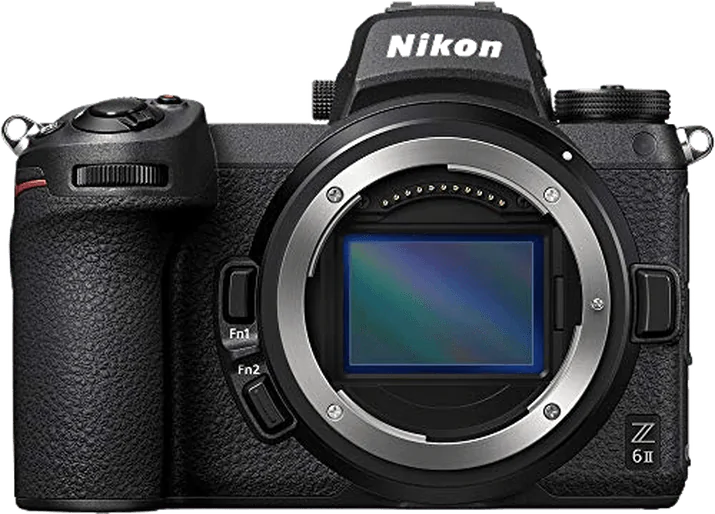
Nikon Z6 vs Z6 II Overview
This is a head-to-head between two of Nikon’s finest mirrorless cameras. We’ll be looking at the Nikon Z6 vs Nikon Z6 II. The Nikon Z6 was released in 2018. And it was the flagship camera in the Nikon Z series. The Nikon Z6 II was released two years later as an upgraded version.

Nikon Z6 II
The newer Nikon Z6 II comes out on top when we look at the specs. But it’s a narrow victory over the older Z6. This comparison review examines the key differences between the Nikon Z6 vs Z6 II. We’ll show you where the Nikon Z6 II excels over the Z6. But we’ll also show that both cameras are worth your consideration.
Body and Handling
When people hear “full frame,” they often worry about big, bulky cameras. But Nikon has a good reputation with camera body design. And their excellent ergonomics have been carried over from the DSLR to the mirrorless range. Both cameras are comfortable to hold.
The Nikon Z6 II is slightly heavier than the Z6. But not by much. The Nikon Z6 has a body weight of 1.49 lb (675 g). The Nikon Z6 II is heavier by 0.06 lb (30 g), weighing in at 1.55 lb (705 g). The Nikon Z6 II is also slightly bigger. But only by a couple of millimeters.
Nikon knows how to design a camera. The controls are well-positioned with a simple and intuitive layout. Although the Nikon Z series is mirrorless, it won’t take long to get to grips with the controls if you have experience with their DSLR cameras.
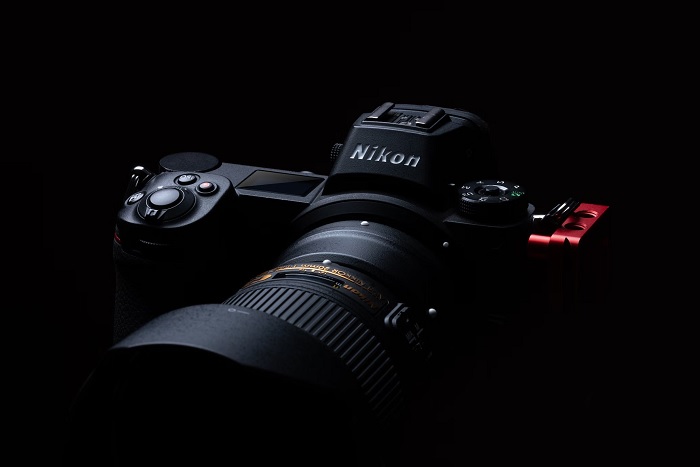
Nikon Z6 vs Z6 II Optics
Now we’ll look at the image creation capabilities of the Nikon Z6 and Z6 II. There’s very little to separate the two cameras in this category. But we’ll look at the details closely to give you the information you need.
Sensor and Image Quality
The Nikon Z6 and Z6 II are full frame mirrorless cameras, and they use the same camera sensor. It’s a full frame sensor measuring 23.9 x 35.9 mm. And both cameras have an image resolution of 24.5 MP. That doesn’t sound like much for a full frame mirrorless camera. But the FX CMOS sensor gives you incredible images.
Having fewer pixels on a larger image sensor can be beneficial. The pixels are larger, which improves image detail and dynamic range. It can also reduce noise in low-light photography.
The Nikon Z6 II edges the Z6 in image quality thanks to the image processor. The Nikon Z6 has an Expeed 6 image processor. And the Z6 II has a Dual Expeed processor. The dual processor increases processing power, giving you more power from the same sensor. This helps with dynamic range, noise in low light, and buffering speeds. Casual photographers might not notice. But professionals will appreciate the increased processing power.
ISO Range and Low-Light Performance
Both cameras have a wide ISO range. The top level goes all the way to 204,800 ISO. That’s fantastic for low light and night photography. There is a risk of noise at the high end of the scale. But the larger pixels on the sensor absorb more light and increase low-light sensitivity. And this reduces digital noise when using higher ISO settings.
We also get a low ISO setting of 50. That gives you incredible detail, color depth, and quality. You might need a tripod to make the most of this setting. But 50 ISO is ideal for landscape photography. Portrait and product photographers will also appreciate it.
The only thing to separate the Nikon Z6 and Z6 II is the image processor. Again, the Nikon Z6 II’s dual processor gives it the edge. The dual processor extracts more information from the pixels. And that improves low-light performance and dynamic range.
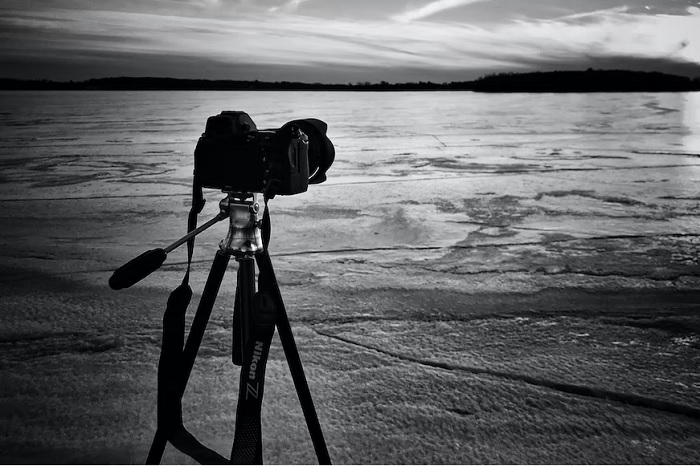
Image Stabilization
The Nikon Z6 and Z6 II both have image stabilization systems. Unsurprisingly, they use the same system. It’s a 5-axis sensor-shift image stabilization system. It allows you to work with slower shutter speeds while reducing the risk of camera shake. It gives you more options for shooting from hand. And it allows for more opportunities to use the 50 ISO setting. This is a positive for both cameras.
Lens Compatibility
Nikon Z series cameras have the Nikon Z lens mount. The Z6 and Z6 II are compatible with all Nikon Z-mount lenses. The Nikon Z-mount range isn’t as numerous as their F-mount series. But it’s a complete catalog of lenses. They have excellent options for all types of photography. And the quality is never in question with Nikon lenses. They have excellent auto and manual focus options.
Nikon Z6 vs Z6 II Video Performance
The Nikon Z6 and Z6 II are both hybrid cameras. They produce fantastic video as well as high-quality stills photography. They both give you stunning 4K videos. But the Nikon Z6 II beats the Z6 in the video mode department. That’s thanks to the increased frame rate options.
The Z6 shoots 4K video at 30 fps. That’s smooth enough for most filmmakers. And it’s more than enough for social media content. You also have fast frame rates of 60 and 120 fps for slow-motion videos. But you need to reduce the quality to Full HD.
The Nikon Z6 II also has the slow-motion frame rates at Full HD. And you can shoot 4K at 30 fps. But unlike the Z6, you can shoot 4K at 60 fps. That’ll give you super-smooth footage. You can use that for professional videography. But you do need the 2021 firmware upgrade for this feature.
Audio Recording
The Z6 and Z6 II have the same audio recording equipment. They have built-in stereo microphones. And each camera has a microphone port for external recording devices.
Nikon Z6 vs Z6 II Features and Benefits
We’ll compare the main features of both cameras. Let’s see if the Nikon Z6 and Z6 II have what you need in a mirrorless camera.
Autofocus System
The Nikon Z6 II has the better autofocus system. The Z6 has a phase detection system that uses 273 focus points with a 90% frame coverage. It has face and eye detection AF. And it tracks moving subjects across the frame.
The Nikon Z6 II also has 273 focus points. But it’s a hybrid AF system that uses phase and contrast detection points. That increases its sensitivity to movement. And it makes subject detection and tracking more reliable. And you also have low light AF mode for darker situations.
Burst Mode
The Z6 II beats the Z6 with a faster burst mode. The Nikon Z6 has a continuous shooting speed of 12 fps. But the Z6 II has a faster continuous shooting speed of 14 fps. It’s a narrow victory for the Z6 II. And both burst modes have AF tracking.
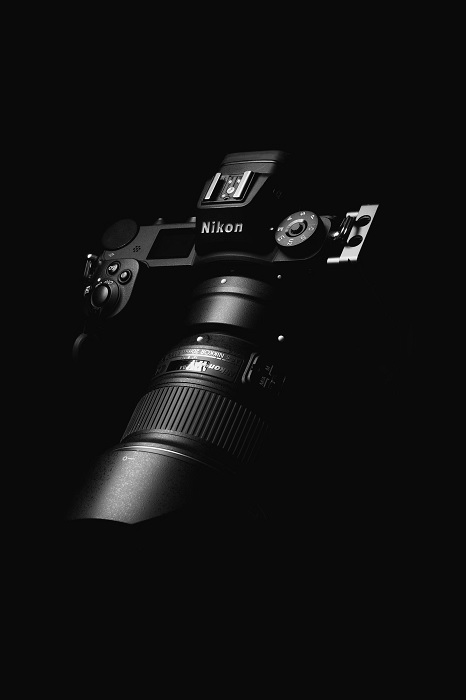
Electronic Viewfinder and LCD Screen
Both cameras use the same hardware for these features. The electronic viewfinder is bright and accurate with a 3.69M dot resolution. And the LCD touch screen has a 2.1M dot resolution. They look fantastic and work well. But it’s a shame we don’t see any improvement from the Z6 to the Z6 II.
Other Features
Neither camera has a built-in flash. But they do have a hot shoe connector for external flashes. The lack of a GPS will disappoint some users. But they have wireless connectivity with Wi-Fi and Bluetooth.
Nikon Z6 vs Z6 II Storage and Battery
Storage
Users were disappointed with the storage of the Z6 when it was released. It only has a single memory card slot. And one memory card fills up fast when you’re working with RAW files.
Nikon listened to the criticism. And the newer Z6 II has a dual memory card slot, doubling the camera’s memory. All professionals now expect two memory card slots. And the Z6 II meets those demands.
Battery Life
The Nikon Z6 II has better battery life than the Z6. But neither can claim to have great battery life. Full frame mirrorless cameras tend to have battery life issues. And both the Z6 and Z6 II suffer from the same problem. The Z6 gives you 310 shots. And the Z6 II gives you 410 shots.
You can increase the power with a battery grip. The MB-N10 works with the Z6. And the MB-N11 fits the Z6 II. The MB-N11 is the superior battery grip, giving you more power and control.
Nikon Z6 vs Z6 II – Our Verdict
The Nikon Z6 II is the better of the two cameras. There’s no significant difference in many areas. And both cameras feature much of the same hardware. The Nikon Z6 was a landmark mirrorless for Nikon. But users were quick to identify a few problems.

Nikon Z6 II
The Nikon Z6 II is the answer to those criticisms. It’s not a series revamp. But it resolved the issues users had. The dual Expeed 6 processor gets higher performance from the same hardware. You have more professional video options. And you have improved battery life and storage. They aren’t groundbreaking changes. But they are improvements photographers appreciate.
If you are choosing between the Nikon Z6 vs Z6 II, you can go for the Nikon Z6. It’s an excellent camera with a lighter price tag. But Nikon Z6 II is what the Z6 should have been in the first place.
Nikon Z6 vs Z6 II Alternatives
Still not sure which camera is right for you? These trending camera comparisons may inspire you:

